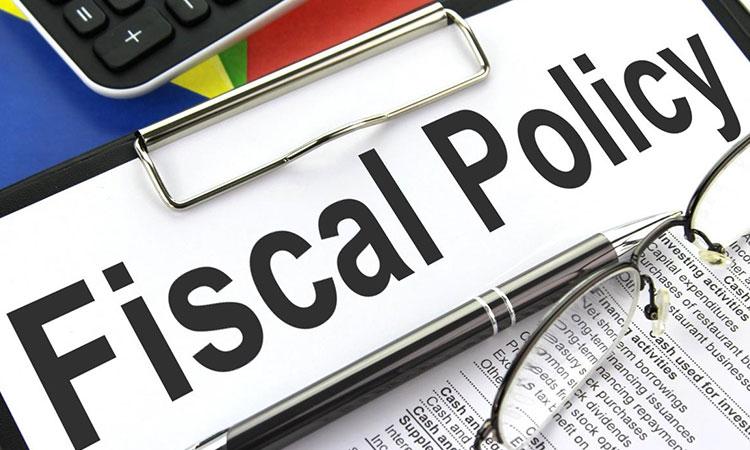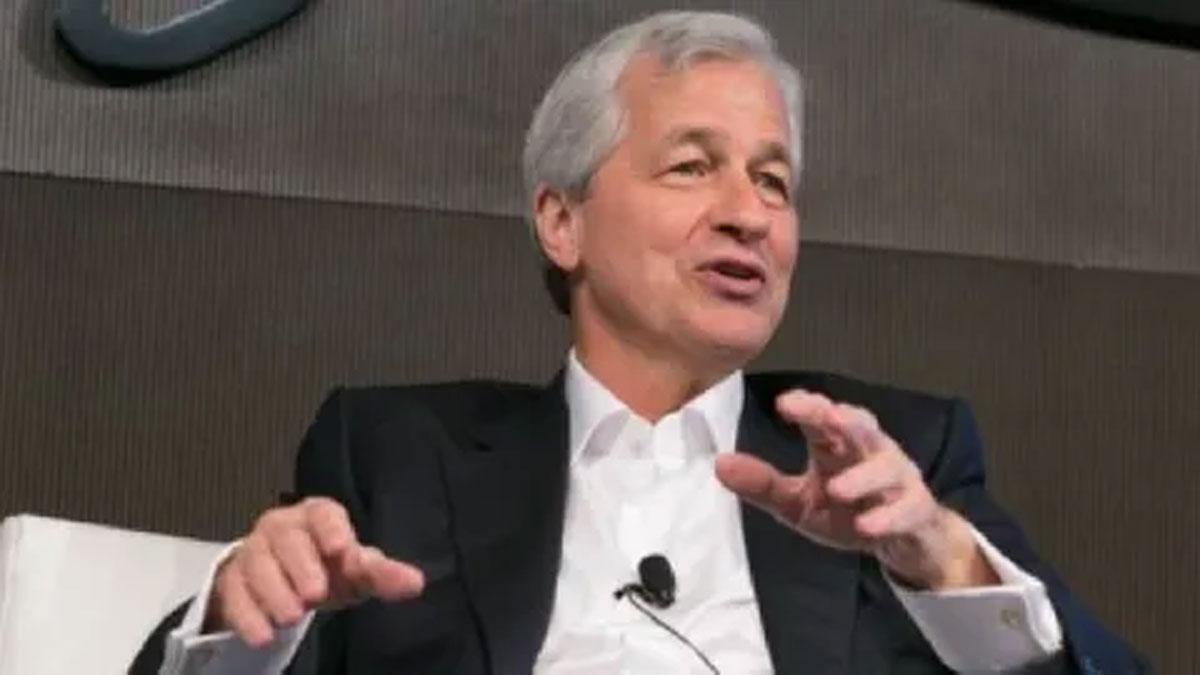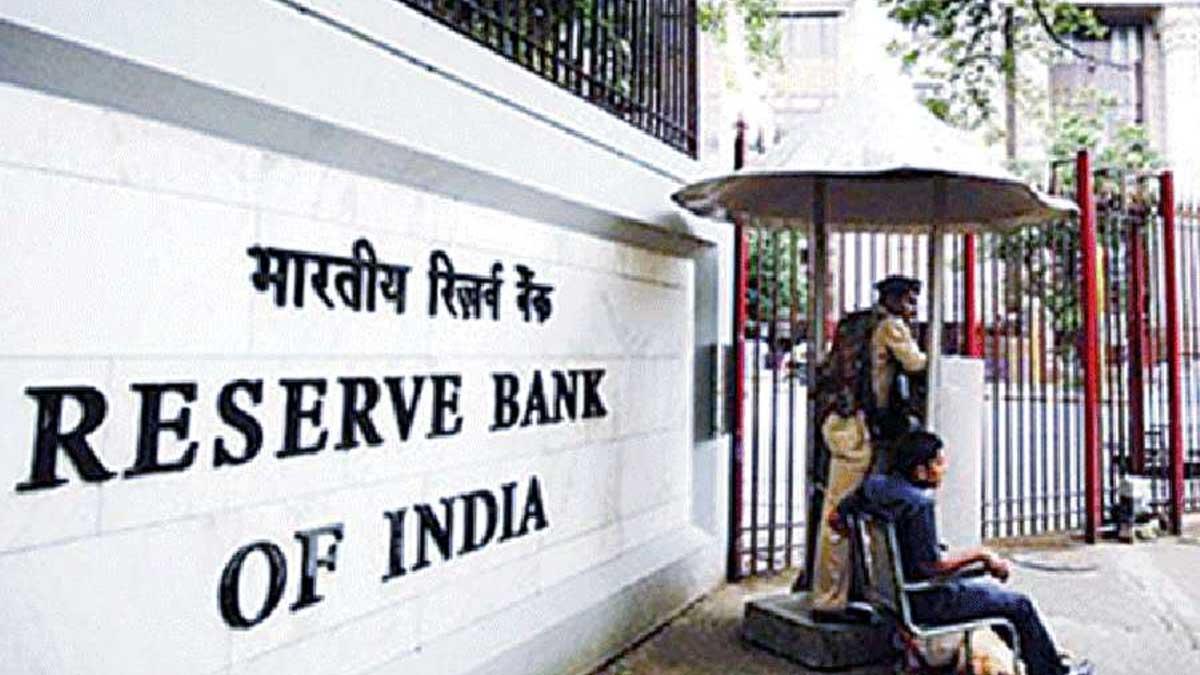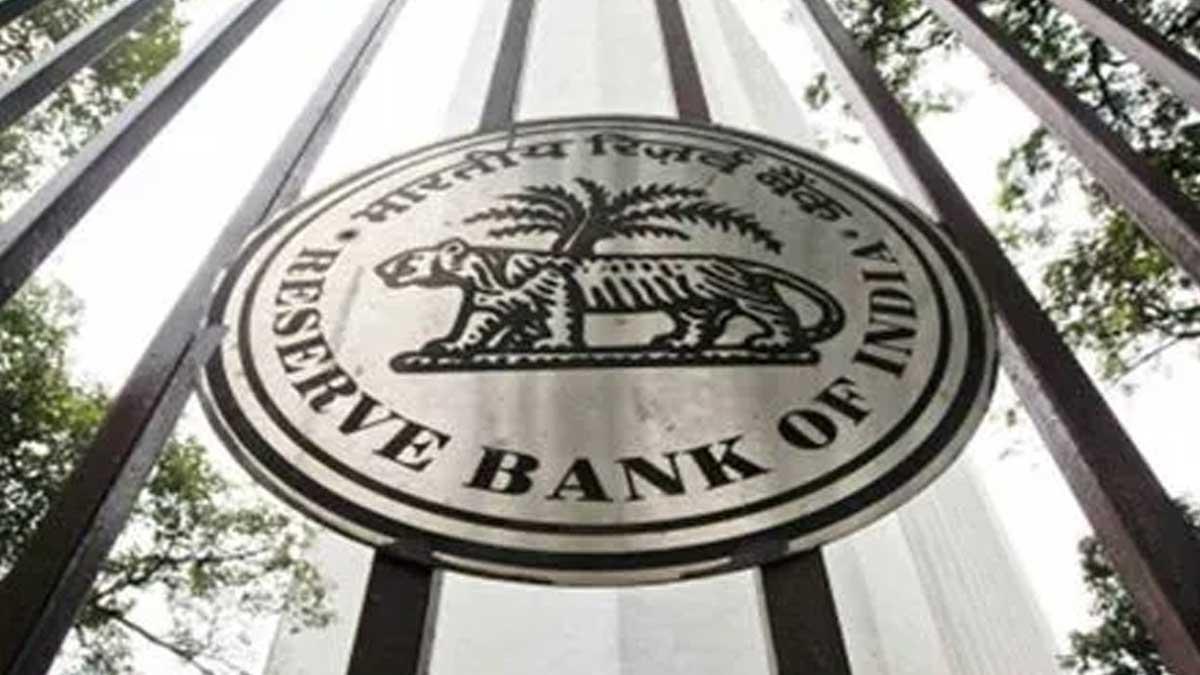While the US, UK and EU are facing a double whammy of unprecedented inflation and negative growth there is a school of thought which argues that India's prudent fiscal policy has paid off.
Over 2022-23, India's growth will average 7 per cent, the strongest among the largest economies, contributing 28 per cent and 22 per cent to Asian and global growth, Morgan Stanley said in a report.
India is best positioned within Asia to deliver domestic demand alpha. Its cyclical recovery will be sustained by structural factors.
The recent strong run of data increases our confidence that India is well positioned to deliver domestic demand alpha, which will be particularly important as developed markets growth weakness percolates into Asia's external demand, Morgan Stanley said.
Some observers argue that while the Russia-Ukraine war has definitely contributed to the misery of the west, this was set into motion during Covid-19 when the governments in these countries went on a massive spending spree to give economic stimulus, pushing inflation at a time when growth was slowing.
Also read | Majority of Indian states plan to meet fiscal deficit target for FY23: Bank of Baroda
These observers argue that the so-called economists were "pushing" India to follow the same path that these western countries took.
They remind that some were glorifying USA's $3200 to everyone, Germany's stimulus and UK's furlough scheme -- trying to create dissatisfaction among Indian public and pushing the Indians to demand something similar.
Eminent international economists were putting pressure on Indian government to spend 5, 10 or even 15 per cent of entire GDP as stimulus.
Other economists provided other varying and large amounts to be distributed without worrying for inflation.
Despite repeated pressures from "fancy economists", intelligentsia, freeloaders, the government was fiscally prudent and knew the dangers that uncontrolled inflation can wreak on Indian economy and public.
It repeatedly prioritised very careful spending and targeted stimulus only to those sections that desperately required it.
Observers argue that today, India is the only large country which is not just at the minimum risk of inflation, but also exhibited a growth of 13 per cent this quarter.
The Central government under the economic adviser Sanjeev Sanyal repeatedly maintained the stand of fiscal prudence and providing stimulus to boost economy at "right time" and to "appropriate groups". Even Arvind Panagariya was in favour of government policies to maintain fiscal prudence.
Observers say that strategy has paid off in a huge way. The fancy economists and intellectuals were prescribing policies to India that have now spelled a doom for the west. Fortunately, the team of economists under the government of India assessed the situation much better and did not cave into the immense pressure.
Experts say that with passing time, more and more evidence as well as consensus is emerging that mindless stimulus did more harm in the long run even in those large economies which were fiscally surplus before the pandemic or were highly advanced.
Morgan Stanley said the key change in India's structural story lies in the clear shift in the policy focus towards lifting the productive capacity of the economy. Policymakers have taken up a series of reforms which will catalyse an upswing in the private capex cycle, helping to unleash a powerful productivity dynamic, leading to the onset of a virtuous cycle.
Cyclically, the economy is lifting off after a prolonged period of adjustment. The backdrop of healthy balance sheets and rising corporate confidence bodes well for the outlook for business investment, the report said.
Also read | Revenue of states may grow a modest 7-9% this fiscal: CRISIL
The biggest challenge that was emerging to India's macro outlook was the sharp spike in oil / commodity prices weighing on macro stability.
However, with the 23-37 per cent decline in oil / commodity prices since the March-22 peak, we think that macro stability indicators will head back towards the comfort zone.
Against this backdrop, we project that RBI does not need to lift rates deeply into restrictive territory. In other words, RBI will not need to slow domestic demand growth meaningfully to control macro stability indicators, the report said.


















